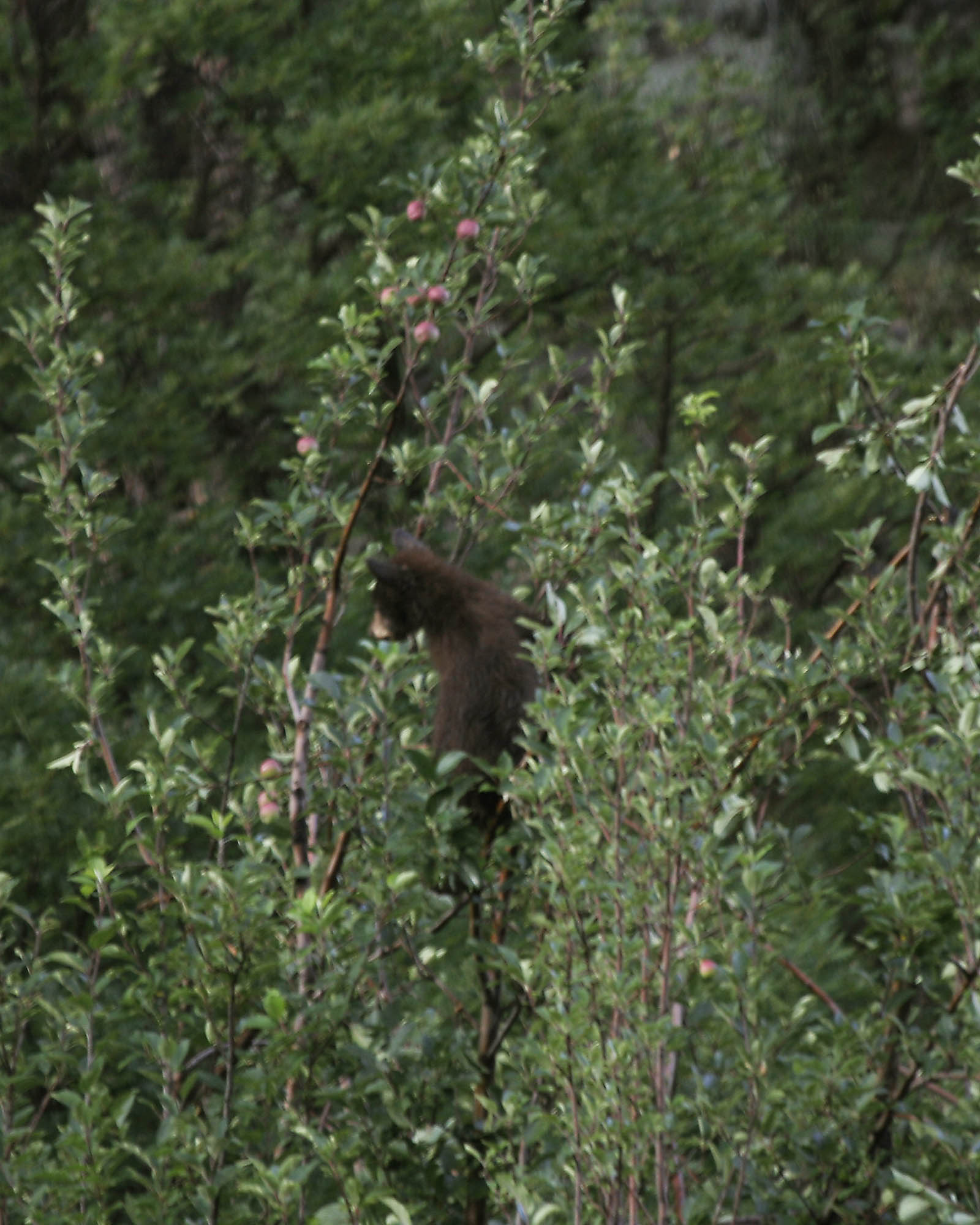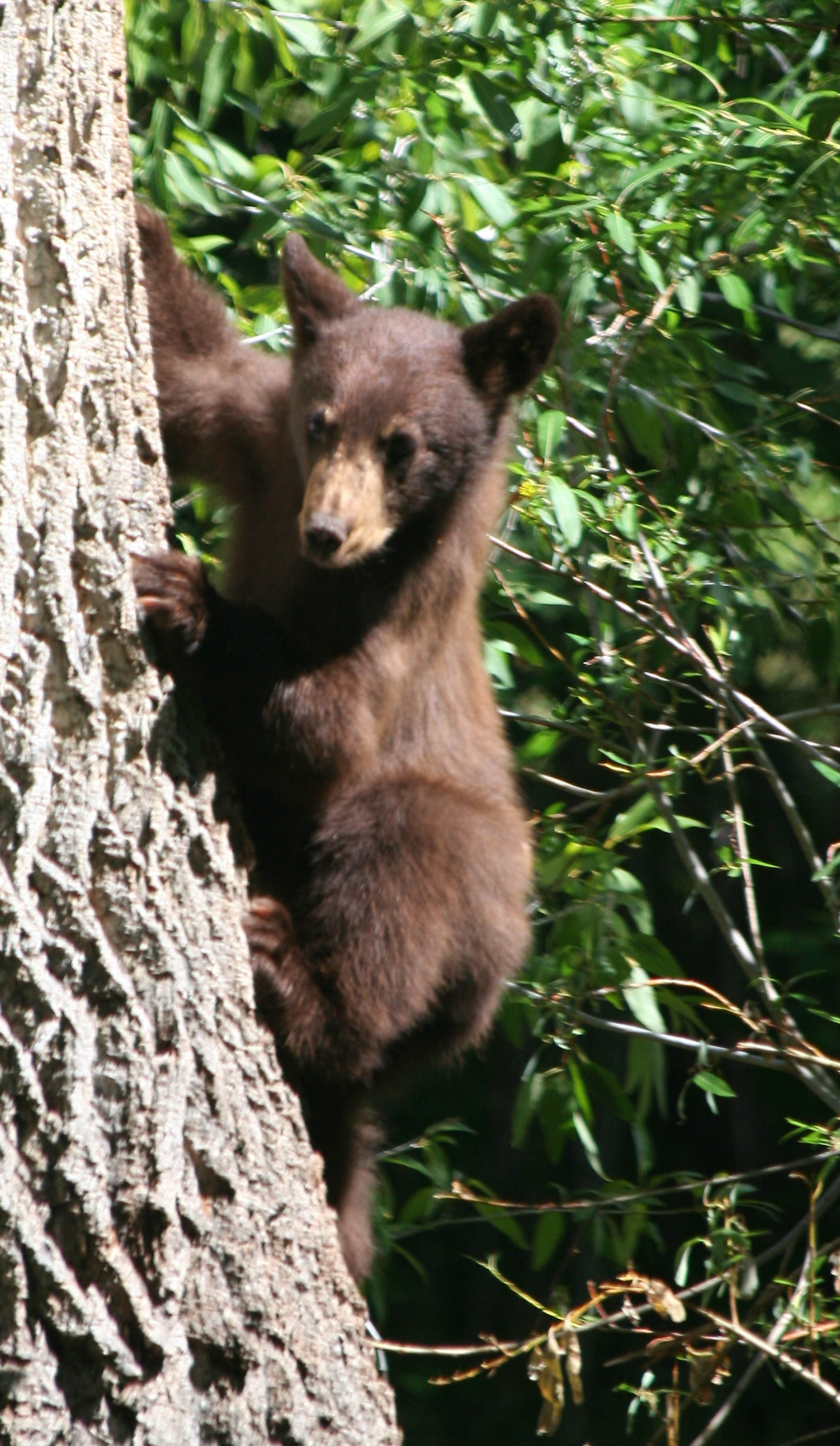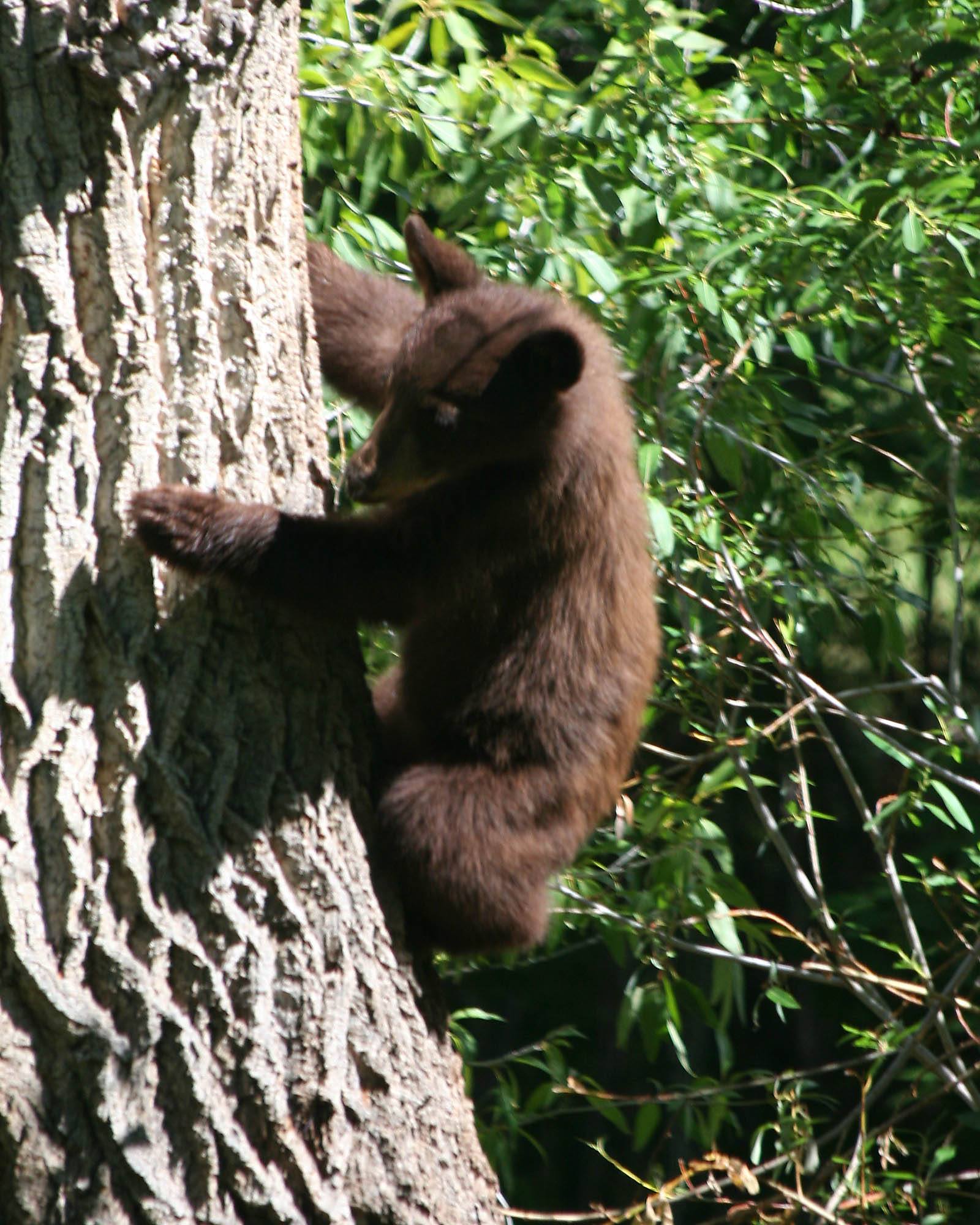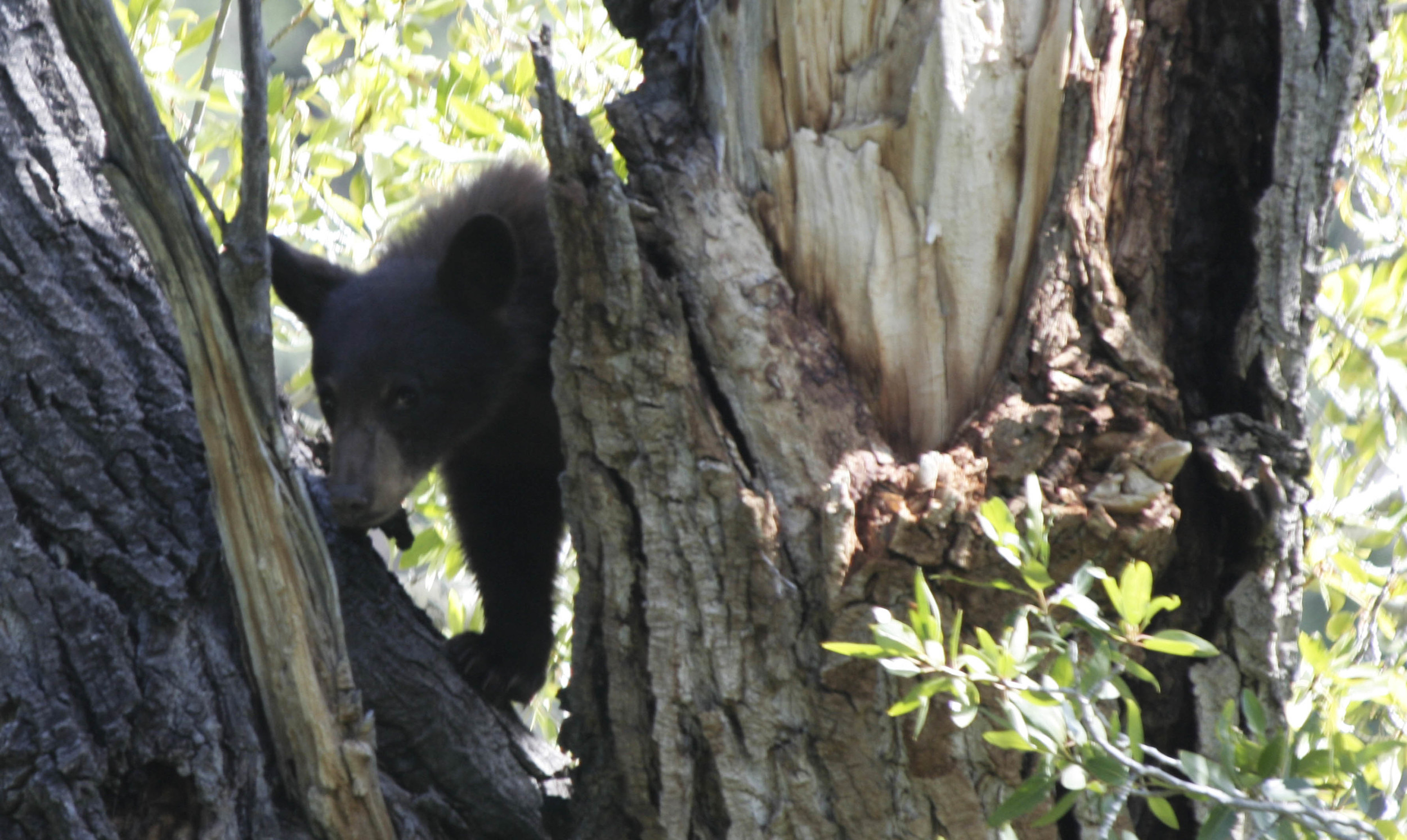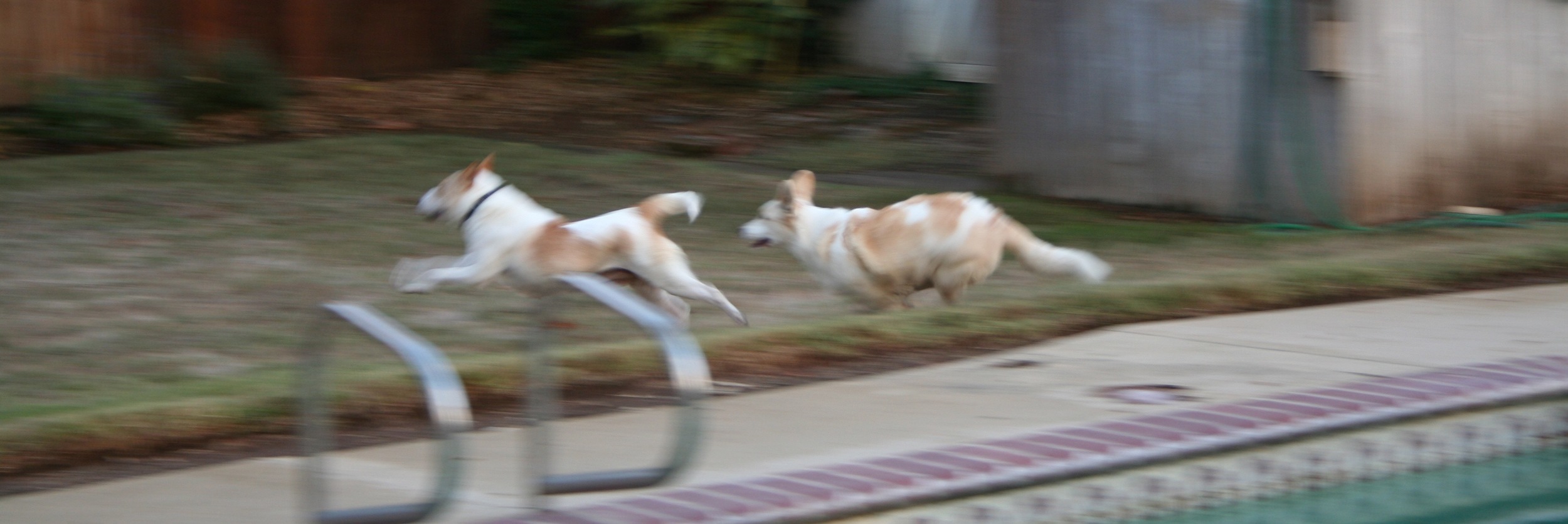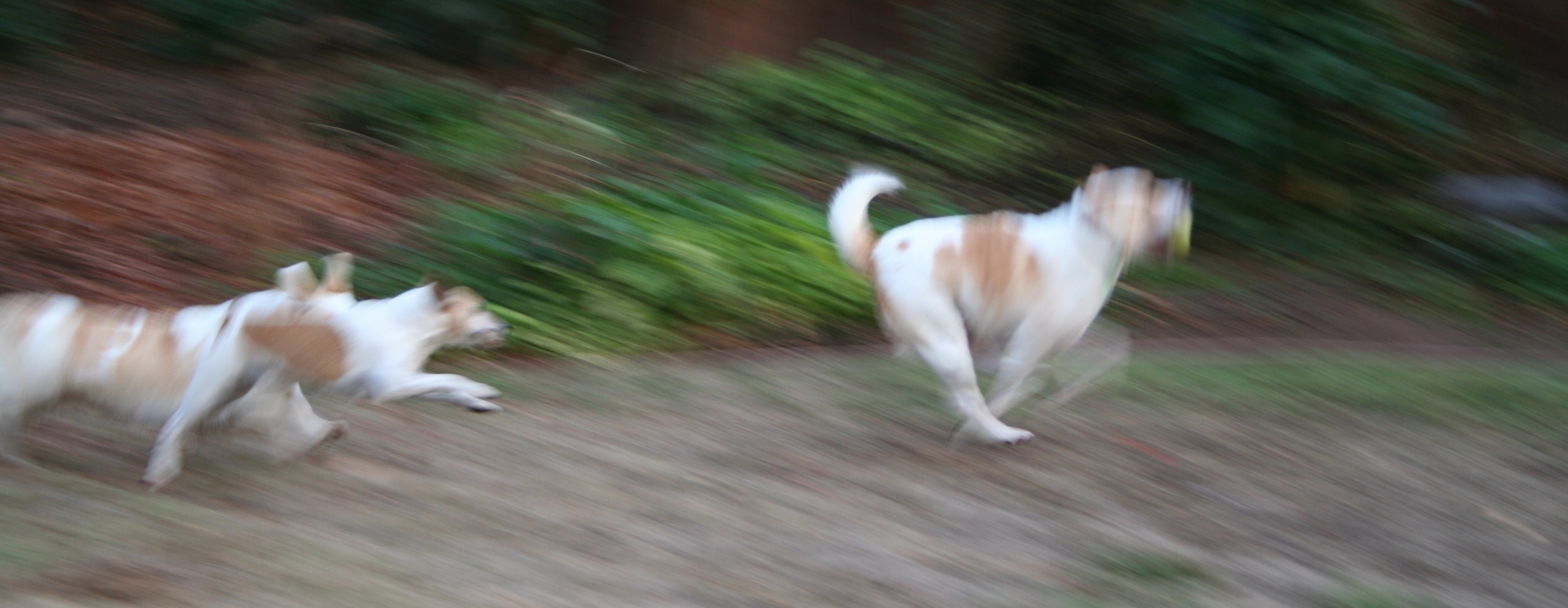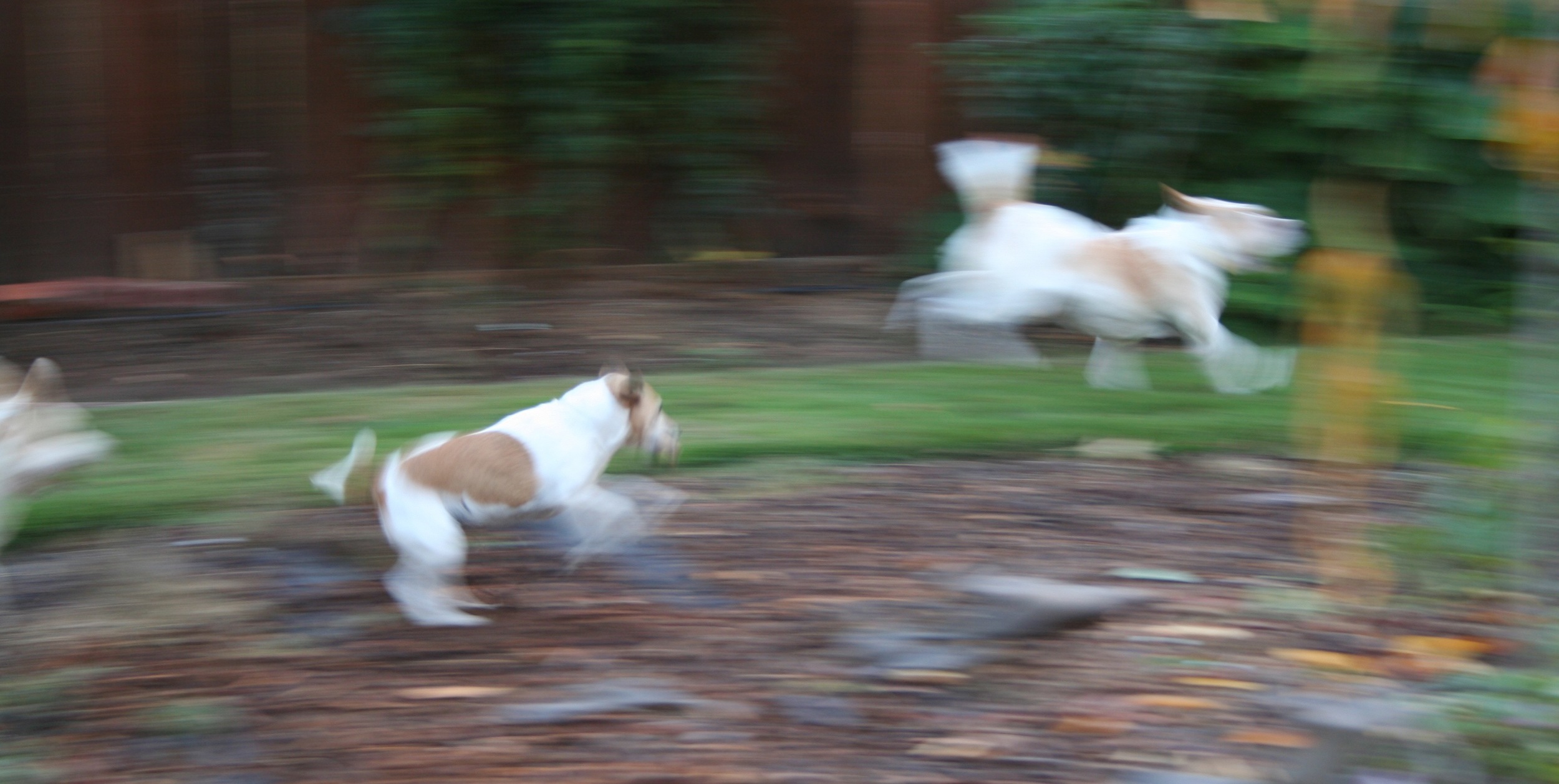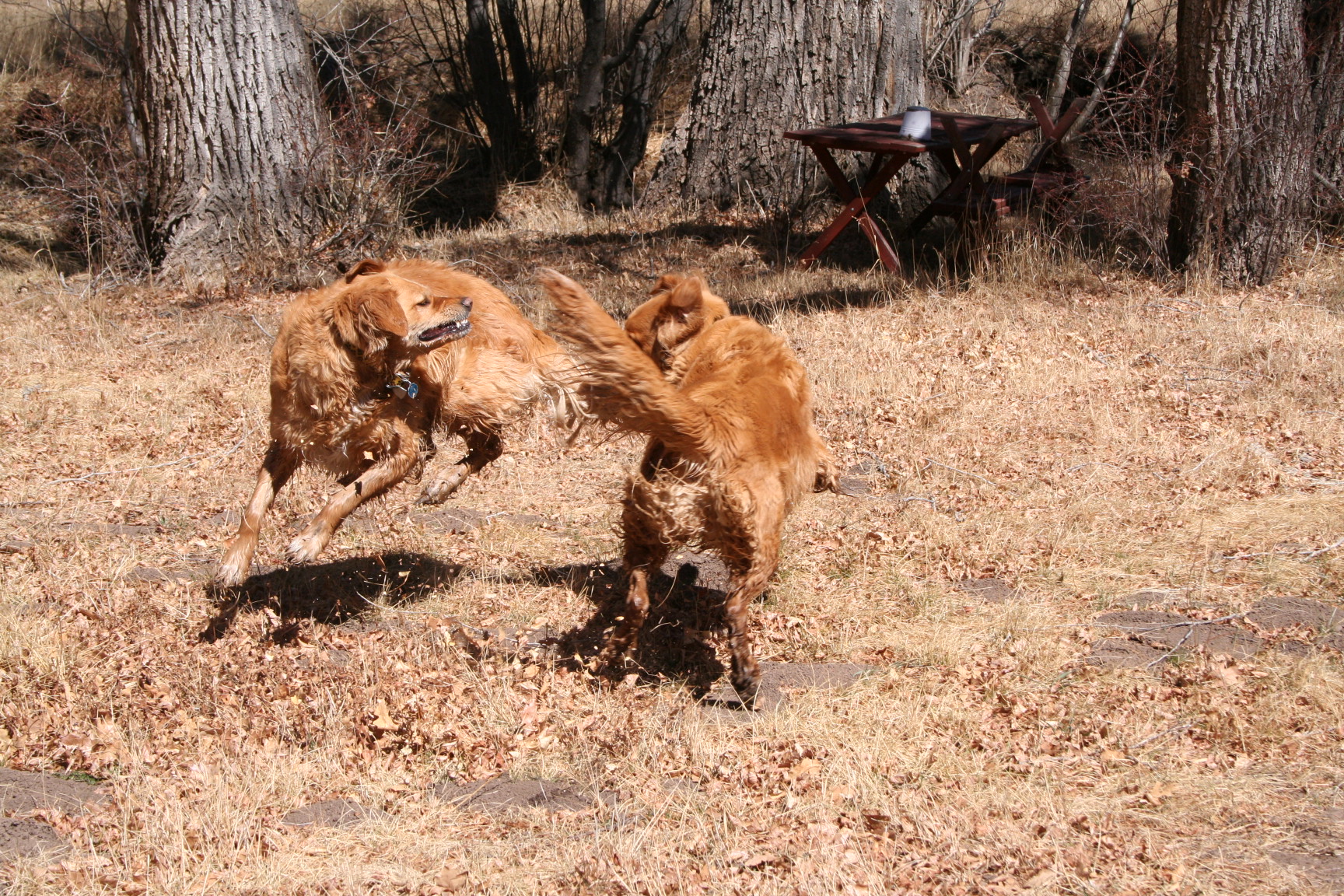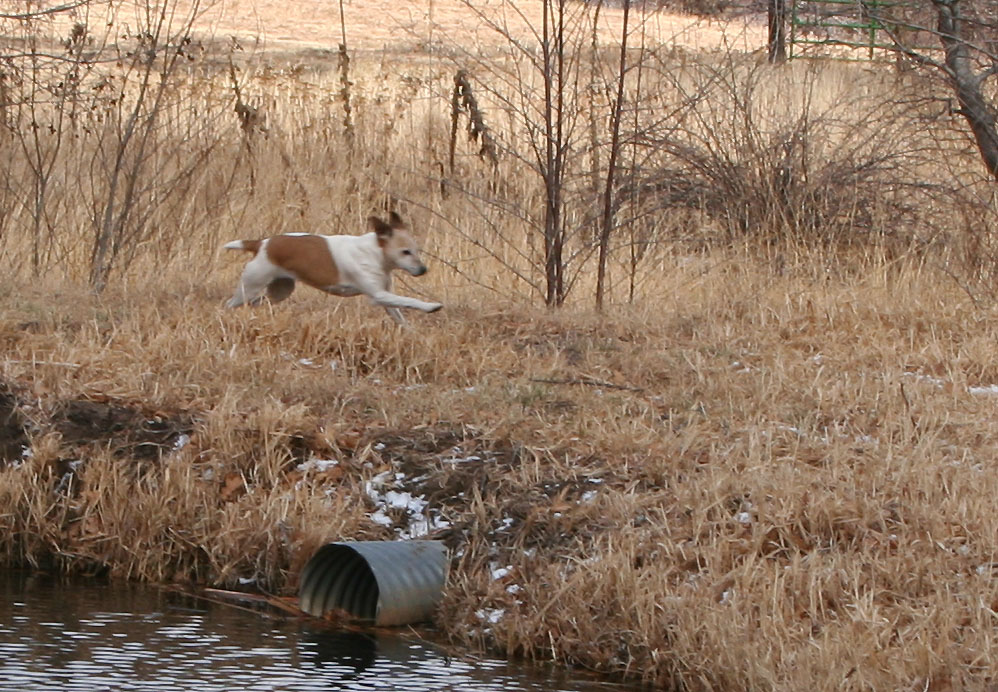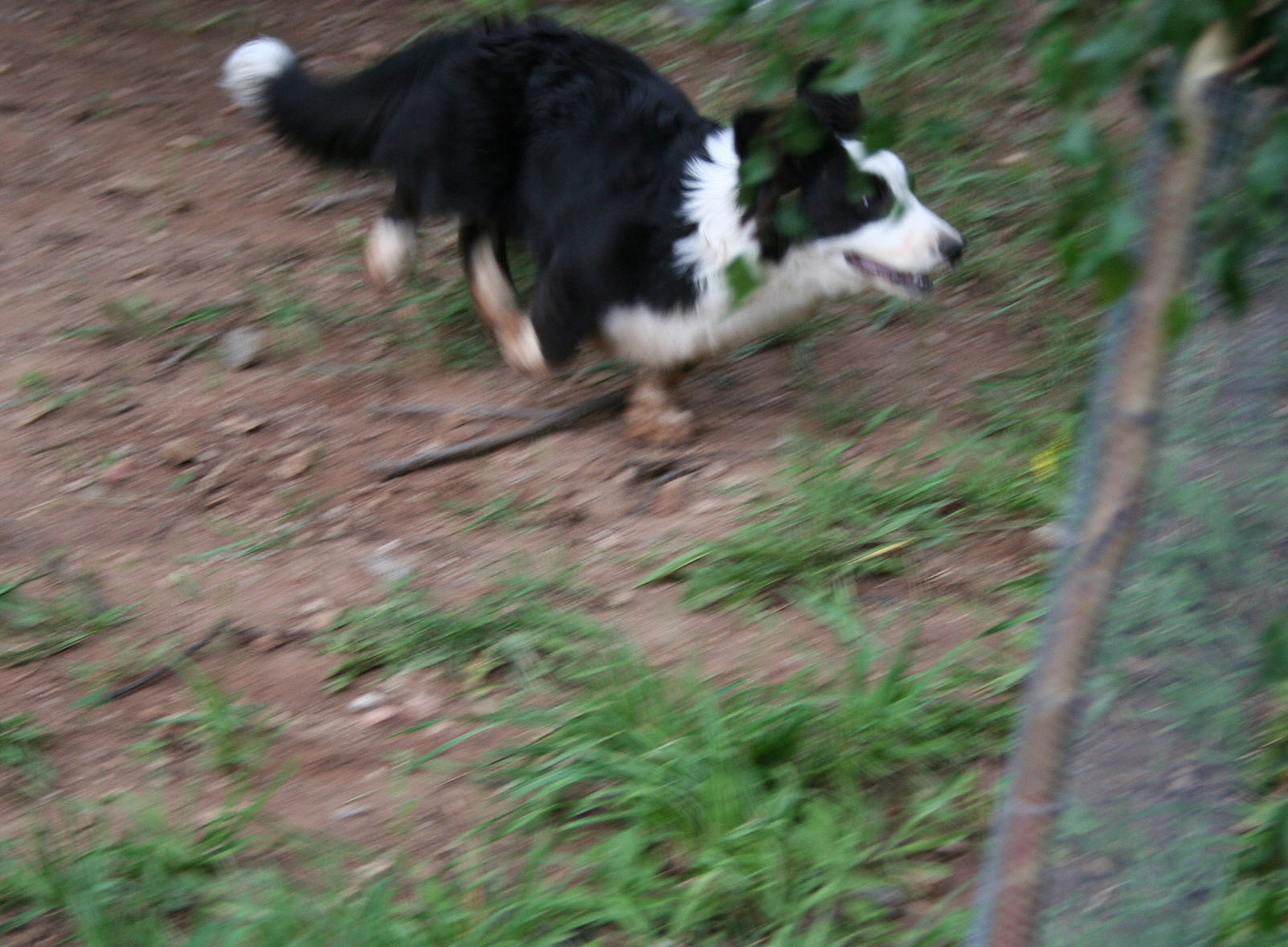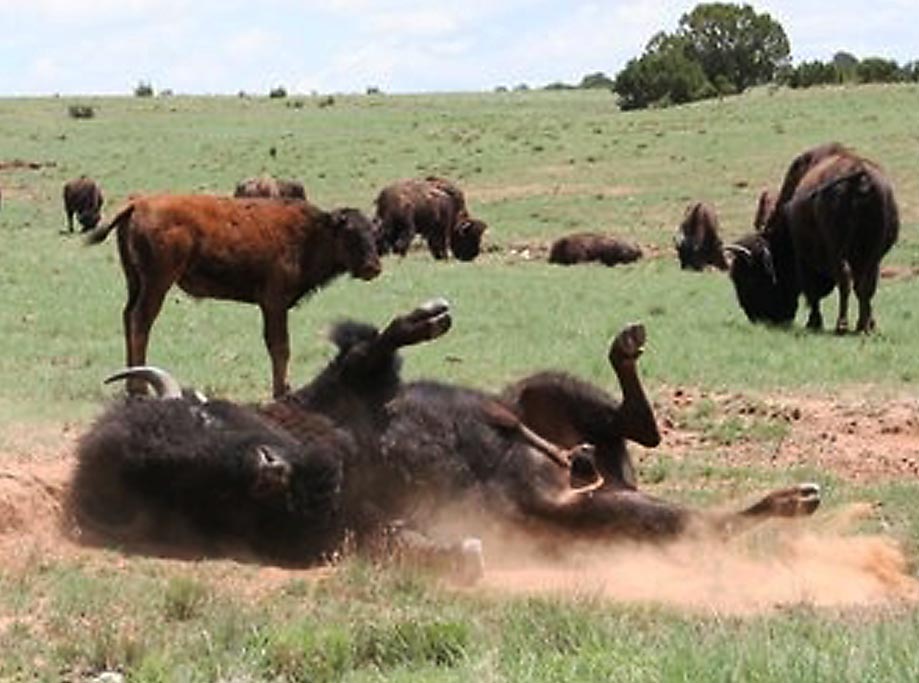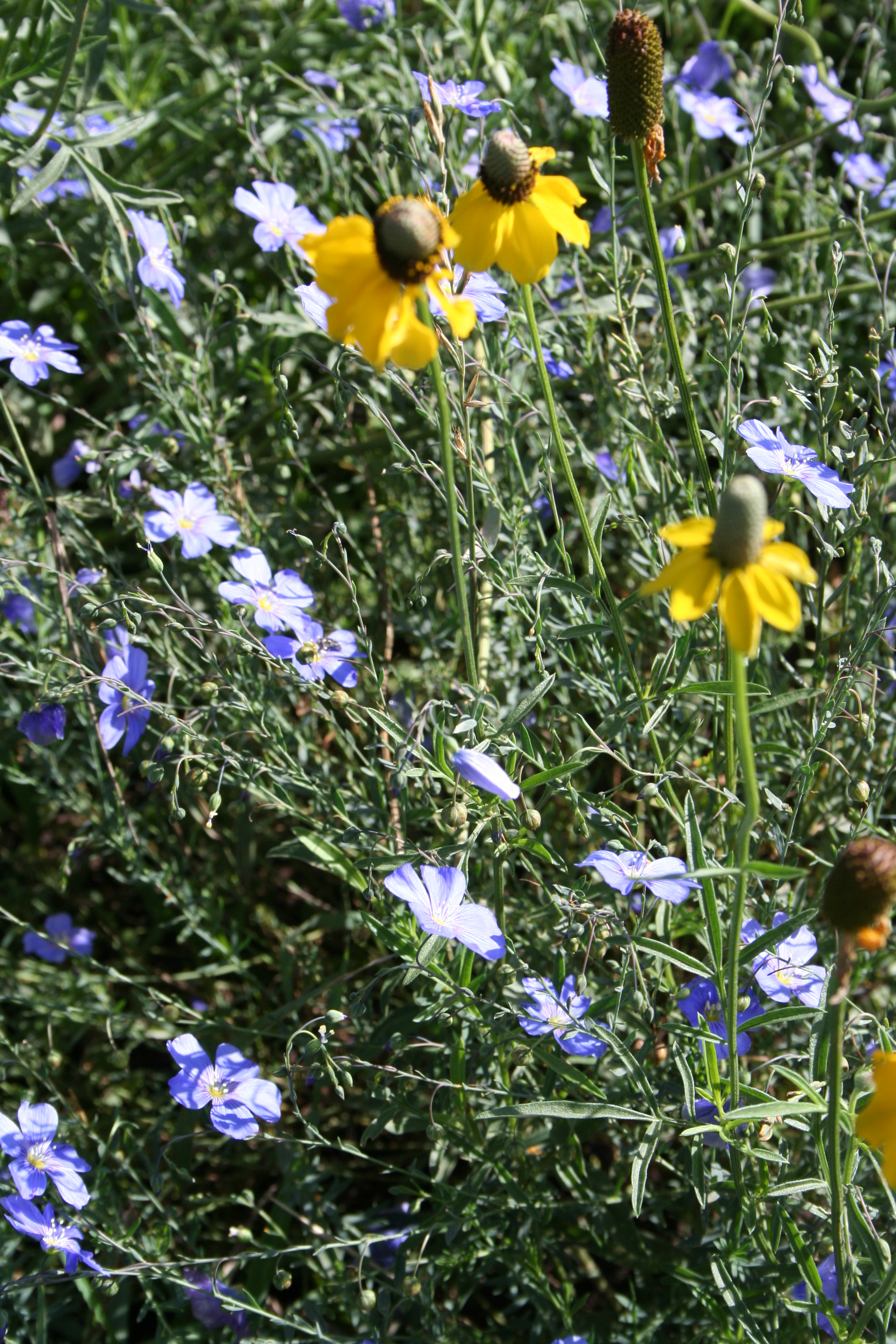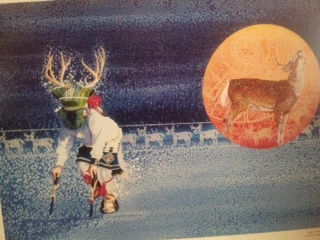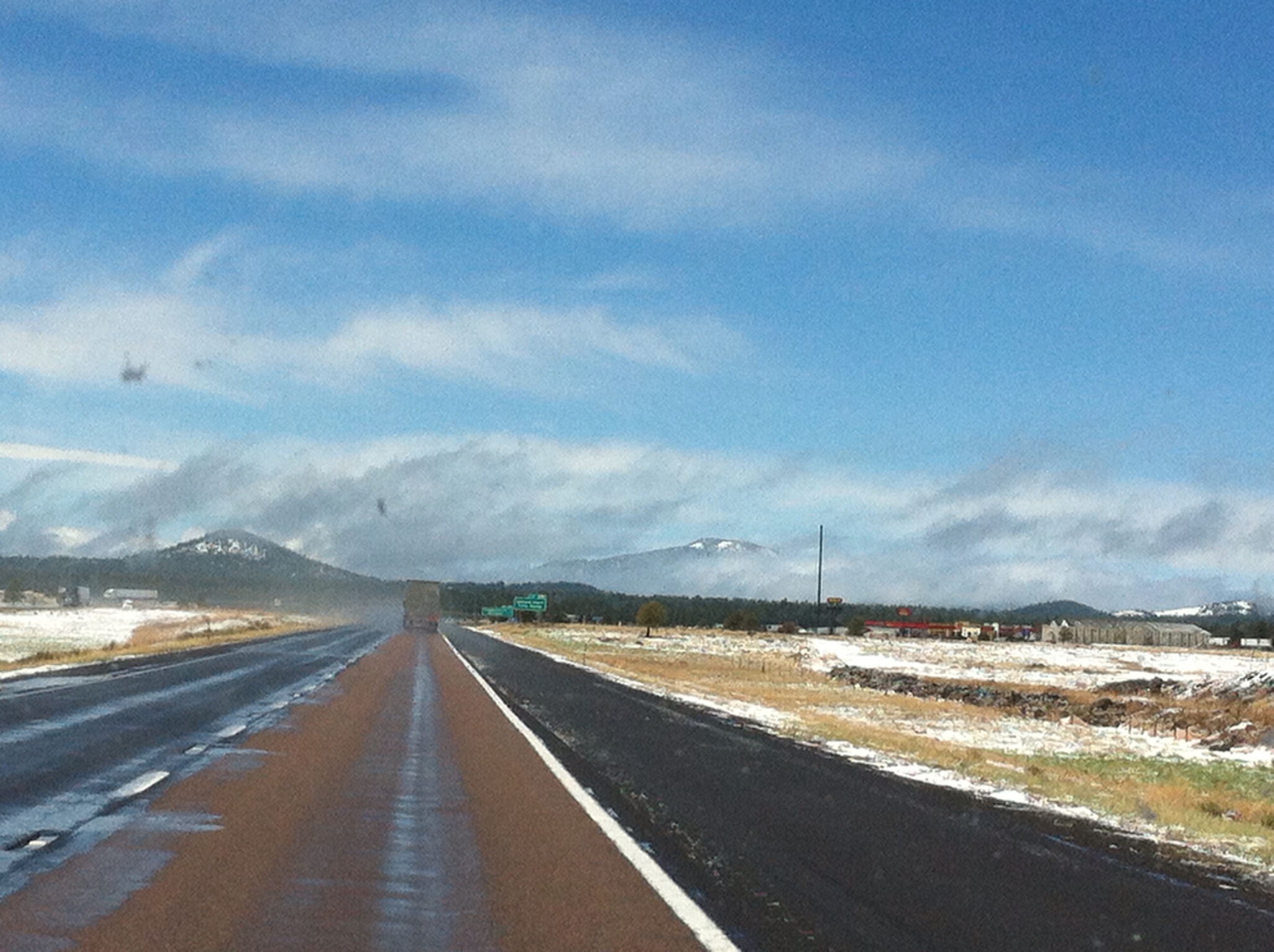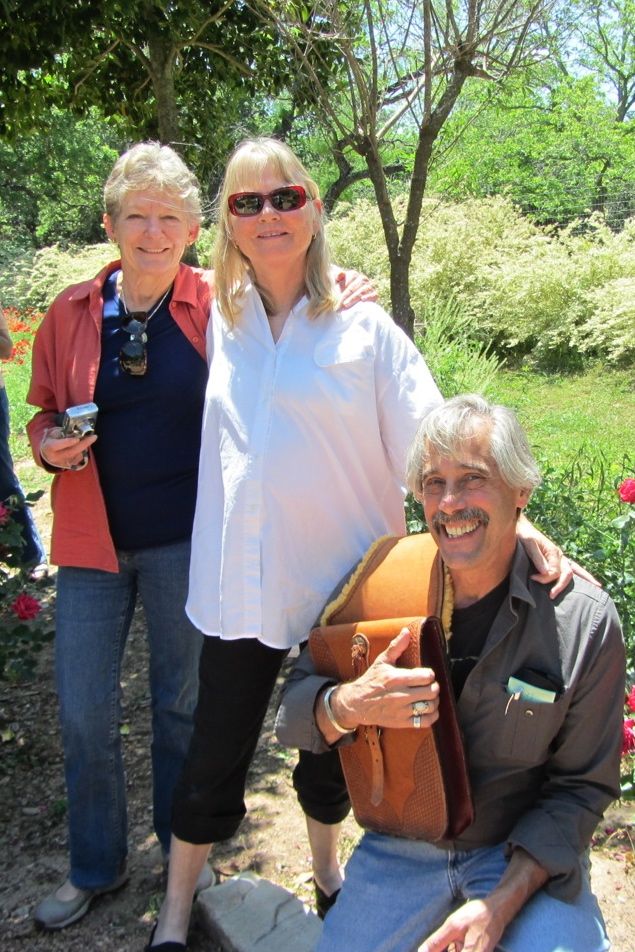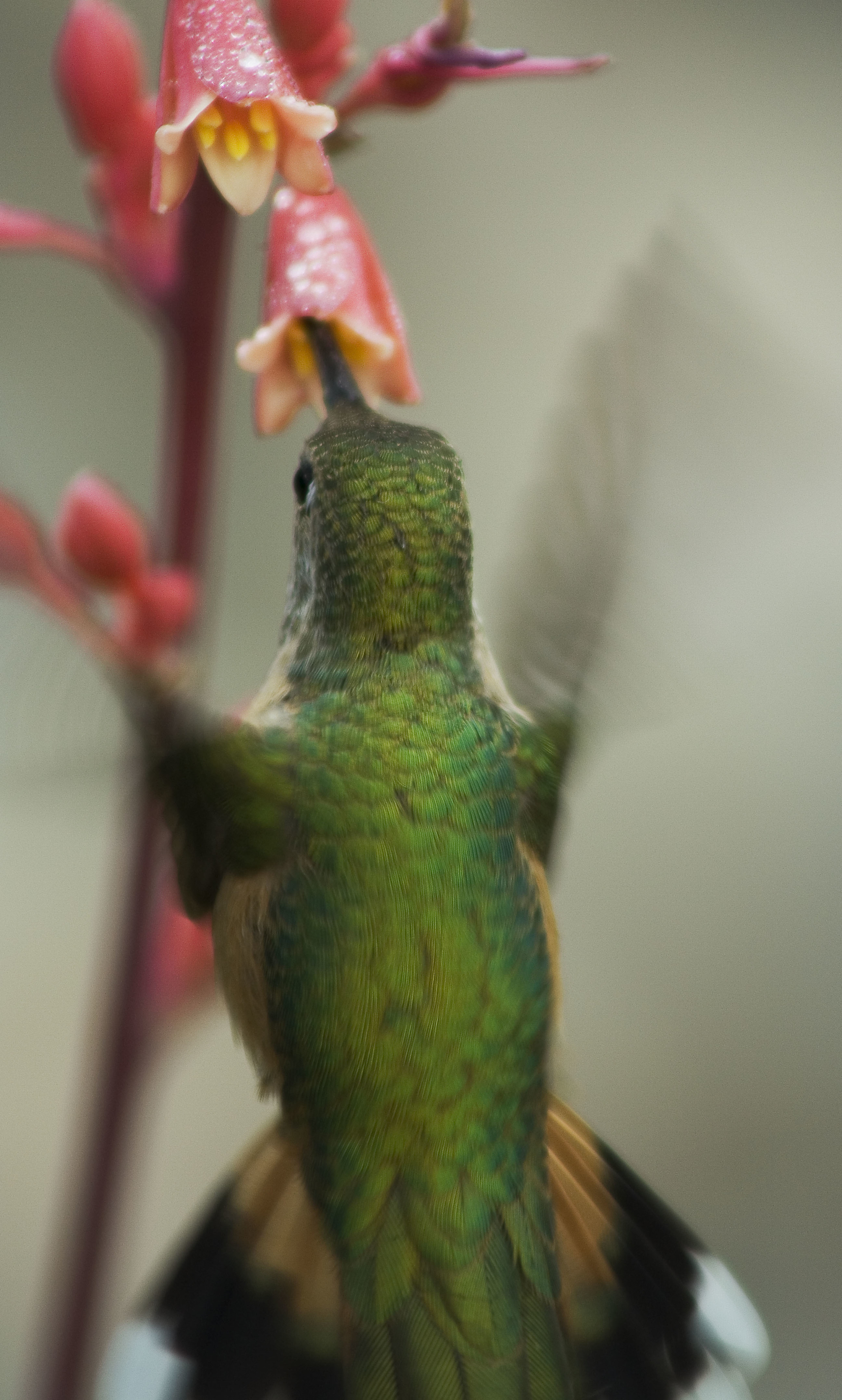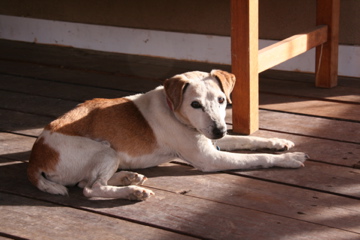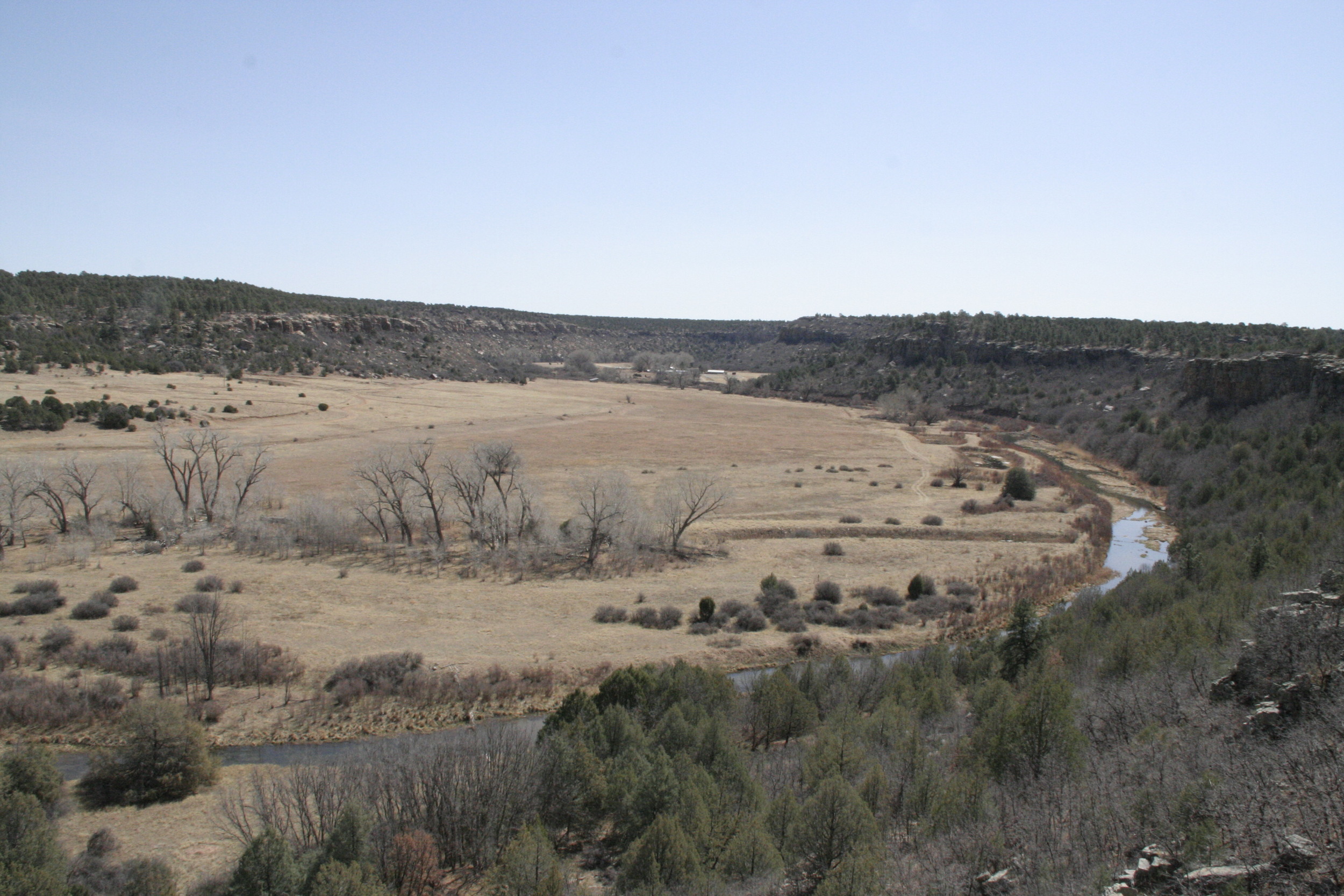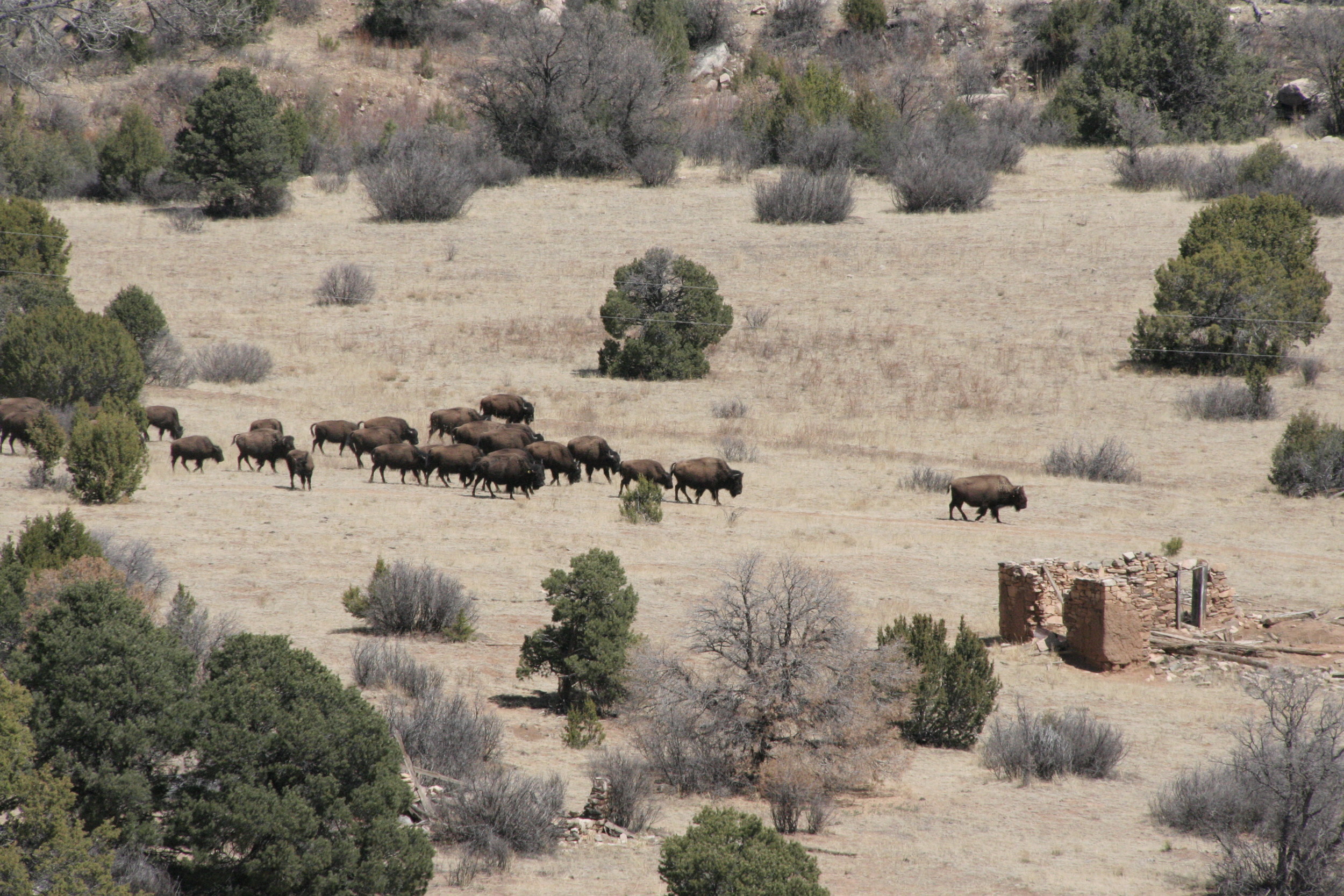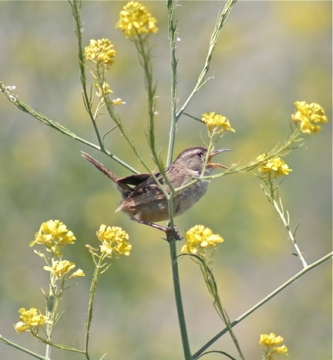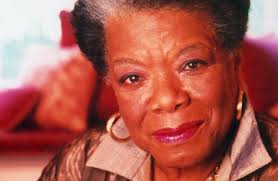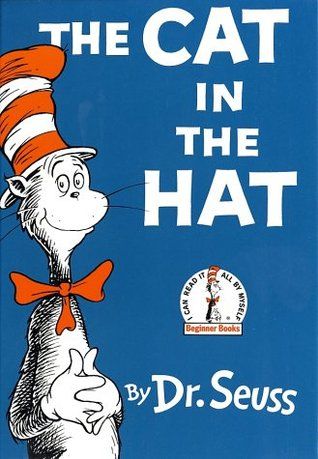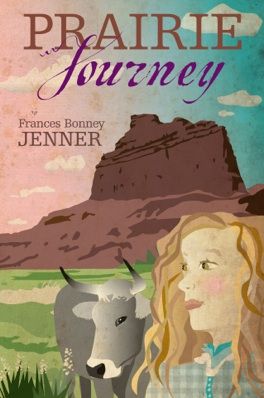Band-aids and Uniforms
 Cadet Edward Green Winston USMA 1932
Cadet Edward Green Winston USMA 1932  Edward Green Winston (Ned) 1986
Edward Green Winston (Ned) 1986
When I was 4 years old, the family was piling into our 1940‘s black Ford sedan. My mother sat in the front passenger seat, my brother crawled to the far side of the back seat, and I started climbing in behind him.
Something, a noise, a memory, an echo, caused me to pause, my fingers with their twig-like Hansel and Gretel bones braced on the side of the car. My father, perhaps also distracted by a noise, a memory, an echo, slammed the big heavy metal door, crunch, on my fingers.
I don’t remember my hand hurting, too many years have gone by. I do remember the nighttime sidewalk, the dark sky above me, a few bright street lights, and my crying. I remember standing there by the side of the car, my father holding my hand, small rounds of skin peeled below my fingernails and off my knuckles. I don’t remember my pain, but I still feel the throb of my father’s distress.
This is an odd memory, because I see my father leaning down towards my hand and I clearly see him in his khaki Army officer’s uniform. I am comforted by this image. He is strong and in charge, and I knew he would take care of me. In truth, I never saw my father wearing his Army uniform, except in photographs. He was discharged from the military at the end of World War II, when I was two years old.
Our car was parked in front of the small brick two story local hospital on the main street of town. My father picked me up, carried me up the concrete steps into the hospital, ordered the nurse on duty to call a doctor, to x-ray my hand to be sure no bones were broken. The nurse looked at him, at me. “Move your fingers, dear. Make a fist, now open it.” She touched my father on the shoulder. “No bones are broken, sir. I assure you, she doesn’t need a doctor and she doesn’t need an X-ray.” The nurse cleaned my fingers, wrapped band-aids around them and we were sent home.
Here is the echo in that memory. My father was a West Point graduate, a major in the Army, a career officer, just as his father and my mother’s father had been. In 1946, when he was 37 years old, my father returned from France at the end of WWII. A week later he walked away from the Army base at Ft. Benning, Georgia, not telling anyone where he was going. Just disappeared off the base, committing the military sin of going AWOL (away without leave), a punishable offense. Two weeks later my twenty-four year old mother received a telephone call in the middle of the night. My father had been found, working on a fishing boat in Florida. She left my three year old brother and one year old me with neighbors, drove alone down the dark road south. Two days later she returned to Ft. Benning with my father .
The Army sent my father to a hospital for rehabilitation. While he was institutionalized he learned leather-work, carpentry, pottery. He may have learned about electric shock treatment. At the end of his time in the hospital, a military panel ruled on his case. His discharge papers say that he begged the officers at his hearing to allow him to remain in the Army, telling them that the military was his life’s work, that there was no where else for him to be. The uniformed men listened, then they stamped his papers with an “Honorable Discharge” and sent him on his way.
My father never had a real career after that day. He took odd jobs in our small town. He was a digger of ditches, a cleaner of cess pools, a milker of cows. In our garage he made intricate stamped leather pieces, a purse for my mother, a pistol holder for my brother, a belt for me. He created life-like wooden rocking horses, a galloping white stallion with fire red eyes for my brother, a gentle black and white pinto pony for me. He built finely jointed bookcases. In the winters he sculpted snowmen that looked like Greek statues. He never talked about France, but he was often distracted, staring into space, listening for an echo of something we could not hear. Sometimes he would disappear, hitchhike to visit his relatives in Illinois and California. Someone would always bring him back.
We children often wondered, “What happened to Daddy?” but never asked, suspecting that this was an off-limit, grown-up topic. Once, my grandmother said, “You know, Ned loves children, and he just was too upset with what he saw had happened to the children in France. It broke him up. Now he is just a lost soul.”
The word band-aid brings my father back to me, his distress at himself for hurting me that night and his always, in his own way, wanting to protect me and all children, an echo of the soldier he wanted to be. If I had been wise and more kind as I grew older, I might have talked to him, listened to him, told him that he did take care of us, that he was of value even though the Army sent him away. I might have given him the one hug that would have welcomed him back, that would have been the band-aid to hold him together. I might have thanked him for taking care of me, especially when I was young and small-boned and he was strong. I might have told him that it wasn’t the uniform that mattered to us, it was that he always returned.
Alice Winston Carney November 11, 2013
So here is a prompt as you set about writing:
What questions have you never asked? What do you think might happen if you did ask?



